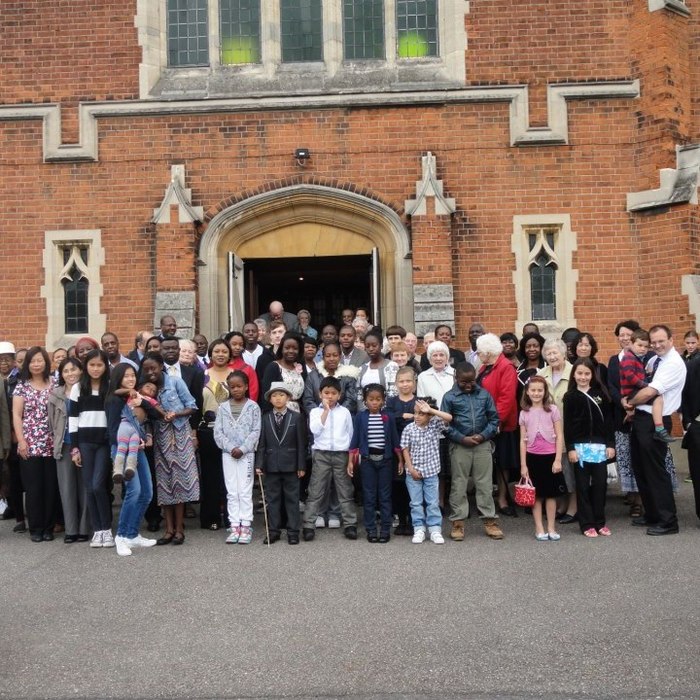
Source : PNG Of People In Church
This weekend’s hymn from Sing Praise is “Jesus calls us here to meet him” by John Bell. The overall theme seems to be that in all the different aspects of the Christian life it is he who makes the first call, and we respond. As many preachers and writers have put it, it is not we who search for God but God who searches for us.
The first verse is about affirming God’s presence, particularly when people gather in his name. I’ve attended services in many churches over the years, and there’s a very different atmosphere between those where people come out of habit, treating church as a social club where they sing familiar songs and meet friends over a cup of coffee (not that there’s anything wrong with those things), and those churches where you can tell people are responding to Jesus’ call by setting aside time from their daily lives to come to a place where they expect to encounter God, as the hymn puts it, “through word and song and prayer”. A good way of knowing which it is, is whether the minutes before the service starts are filled with nattering, or with the silence of anticipation as God’s people prepare for what could be a life-changing encounter.
The second verse is about confessing Jesus (confessing here meaning not repenting of sin, but telling other people that we are Jesus’ disciples). Again, this is a response to his call as we “tell his holy human story”. The third is about the call to belong to each other, mixing freely and as equals with those of different “creed and colour, class and gender, age and youth”. We may not often find those of other creeds in our churches, though there will hopefully be seekers coming in among us on their journey towards faith. But in practice, it’s harder than it looks to overcome differences of culture, whether that’s ethnic culture, social class or generational differences. We believe we are all brothers and sisters in Christ, but truly accepting each other and mixing as freely as we would in our natural families takes a conscious effort. Jesus is the matchmaker here, the perfect party host who introduces people who would otherwise not have spoken to each other.
The last verse is a communion one, and where the call of Christ is perhaps most obvious. It is he who told his disciples to remember him in the breaking of bread. This is also, as the hymn reminds us, “where the Church in earth and heaven find a common meeting place”. For we, the church of 2021, are only the most recent of the countless disciples who have responded to Jesus’ call over the last 2000 years.
